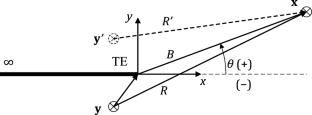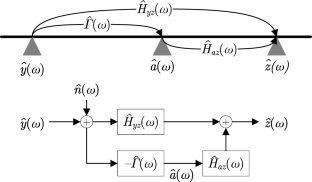Modeling Closed-Loop Control of Installed Jet Noise Using Ginzburg-Landau Equation
Abstract
Installation noise is a dominant source associated with aircraft jet engines. Recent studies show that linear wavepacket models can be employed for prediction of installation noise, which suggests that linear control strategies can also be adopted for mitigation of it. We present here a simple model to test different control approaches and highlight the potential restrictions on a successful noise control in an actual jet. The model contains all the essential elements for a realistic representation of the actual control problem: a stochastic wavepacket is obtained via a linear Ginzburg-Landau model; the effect of the wing trailing edge is accounted for by introducing a semi-infinite half plane near the wavepacket; and the actuation is achieved by placing a dipolar point source at the trailing edge, which models a piezoelectric actuator. An optimal causal resolvent-based control method is compared against the classical wave-cancellation method. The effect of the causality constraint on the control performance is tested by placing the sensor at different positions. We demonstrate that when the sensor is not positioned sufficiently upstream of the trailing edge, which can be the case for the actual control problem due to geometric restrictions, causality reduces the control performance. We also show that this limitation can be moderated using the optimal causal control together with modelling of the forcing.



 求助内容:
求助内容: 应助结果提醒方式:
应助结果提醒方式:


